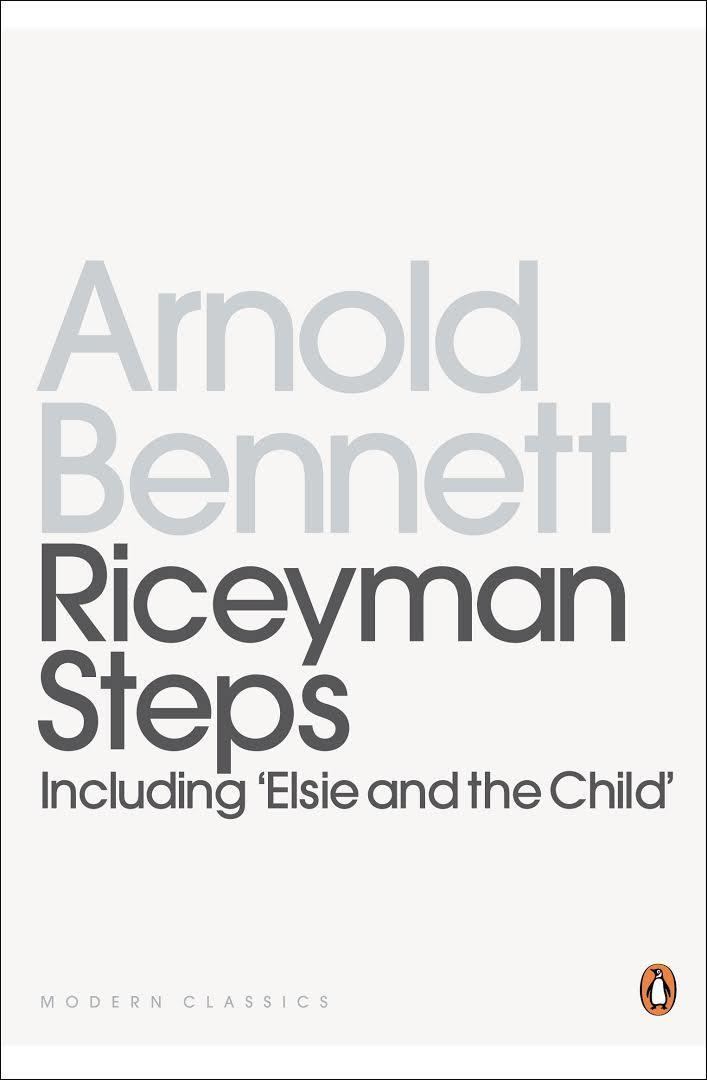7.6 /10 1 Votes7.6
Language English ISBN 0-19-281373-0 LC Class PR6003.E6 R5 1984 Country United Kingdom | 3.8/5 Goodreads Publication date 1923 Dewey Decimal 823/.912 19 Originally published 1923 Genre Fiction OCLC 8928895 | |||||||||||||||||||||||||||||||||
 | ||||||||||||||||||||||||||||||||||
Publisher Cassell and Company Ltd Similar Arnold Bennett books, Classical Studies books, Fiction books | ||||||||||||||||||||||||||||||||||
Riceyman Steps is a novel by British novelist Arnold Bennett, first published in 1923 and winner of that year's James Tait Black Memorial Prize for fiction.
Contents
Background
Arnold Bennett was a keen amateur sailor and it was while on sailing trips on the Solent he discovered a chaotic second-hand bookshop in Southampton. He would visit the shop when bad weather prevented sailing and on one visit he bought a book on misers for sixpence. This book and the shop itself became the inspiration for this novel. Bennett also loved the Clerkenwell district of London which with its unpretentious working class life reminded him of his own origins in the Potteries. The location Riceyman Steps was modelled on Granville Place (now Gwynne Place) the steps of which lead up from the Kings Cross Road to Granville Square. Bennett's steps are "twenty in number, ... divided by a half-landing into two series of ten", whereas the steps of Granville Place number (from the bottom) fifteen, with eleven more from the half-landing. Granville Square, now a residential square containing a small park, was in 1923 dominated by St Philip's Church, which was demolished in 1936.
Plot summary
The story takes place in 1919-1920 and deals with the final year in the life of its main character, Henry Earlforward, a miser, who keeps a second-hand bookshop in the Clerkenwell area of London. Henry marries Violet Arb, a widow who keeps a neighbouring shop, and who sees in Henry a financially secure future. Henry's parsimony drives them into an increasingly wretched existence. Their lives are contrasted to that of their maid servant Elsie Sprickett and it is she, despite her extreme poverty, who brings life and a future to the bittersweet tale.
Characters
The character of Elsie reappears in Elsie and the Child: A Tale of Riceyman Steps and Other Stories (1924).
